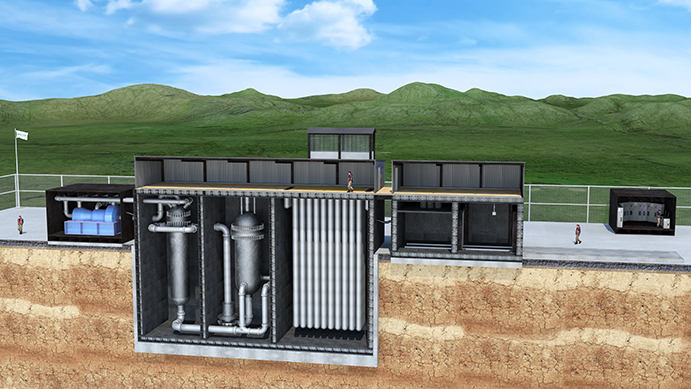UK government unveils £200m nuclear sector deal
Business secretary Greg Clark launches deal including commitment to new technology development and increased role for women in the nuclear industry

The nuclear sector deal (NSD) includes a long-awaited announcement of technologies the government has selected for development in the small modular reactor (SMR) sector. According to Department of business, energy and industrial strategy (BEIS), "The deal will spearhead Britain’s move towards cleaner economic growth, while promoting new opportunities in the sector including a focus on innovation to develop the technology and skills needed to maintain the UK’s position as one of the world’s leading nuclear countries.”
Details of the deal include up to £44m funding to develop advanced modular reactors, a commitment to reduce the cost of nuclear new build by 30 per cent by 2030, and to cut the cost of decommissioning old sites by 20 per cen% in the same period. There will be a new review into ways of accelerating the cleanup of old sites. Clark also signalled an increased commitment to fusion energy research, with the establishment of a national fusion technology centre at Culham in Oxfordshire, the site of the Joint European Torus (JET) fusion experiment and the home of Tokomak Technologies, which is developing fusion reactors based on the spherical tokomak principle. This fusion centre will be supported by £86m funding from the government.
Register now to continue reading
Thanks for visiting The Engineer. You’ve now reached your monthly limit of news stories. Register for free to unlock unlimited access to all of our news coverage, as well as premium content including opinion, in-depth features and special reports.
Benefits of registering
-
In-depth insights and coverage of key emerging trends
-
Unrestricted access to special reports throughout the year
-
Daily technology news delivered straight to your inbox










Water Sector Talent Exodus Could Cripple The Sector
Maybe if things are essential for the running of a country and we want to pay a fair price we should be running these utilities on a not for profit...